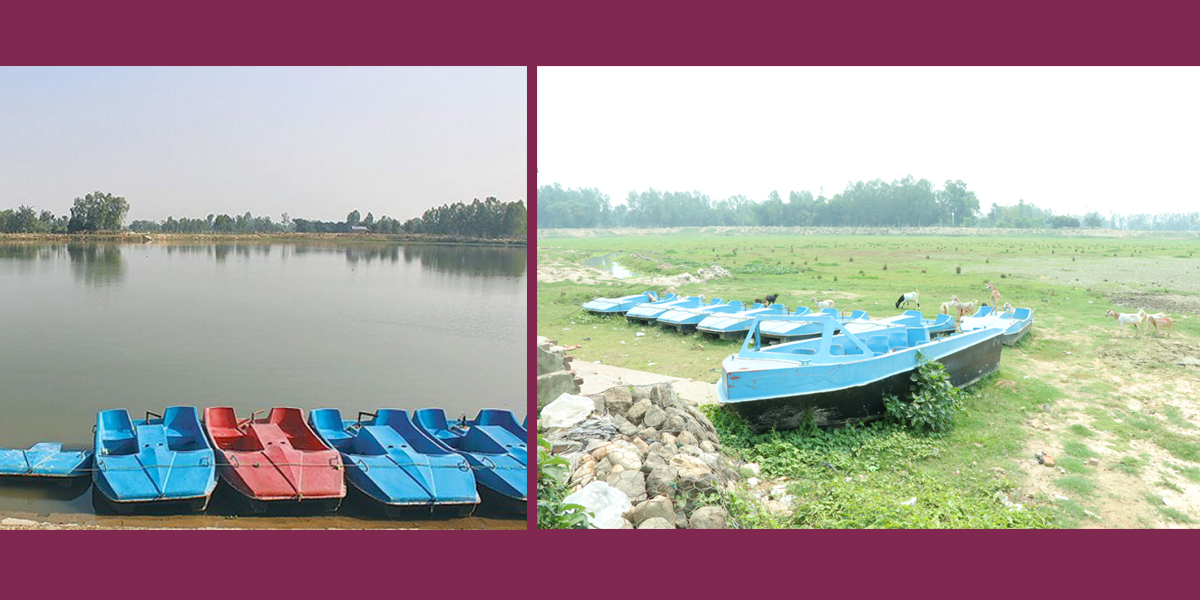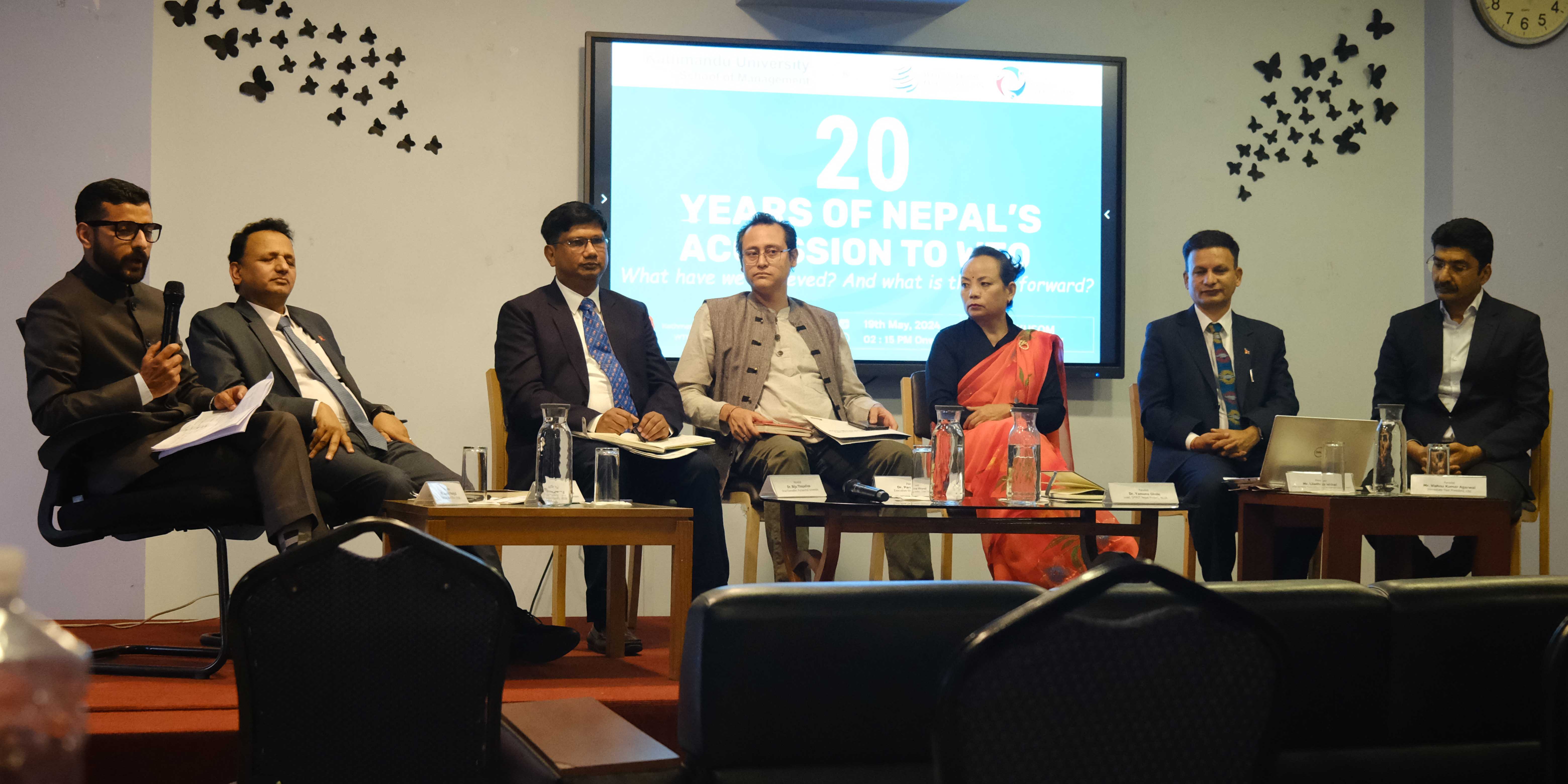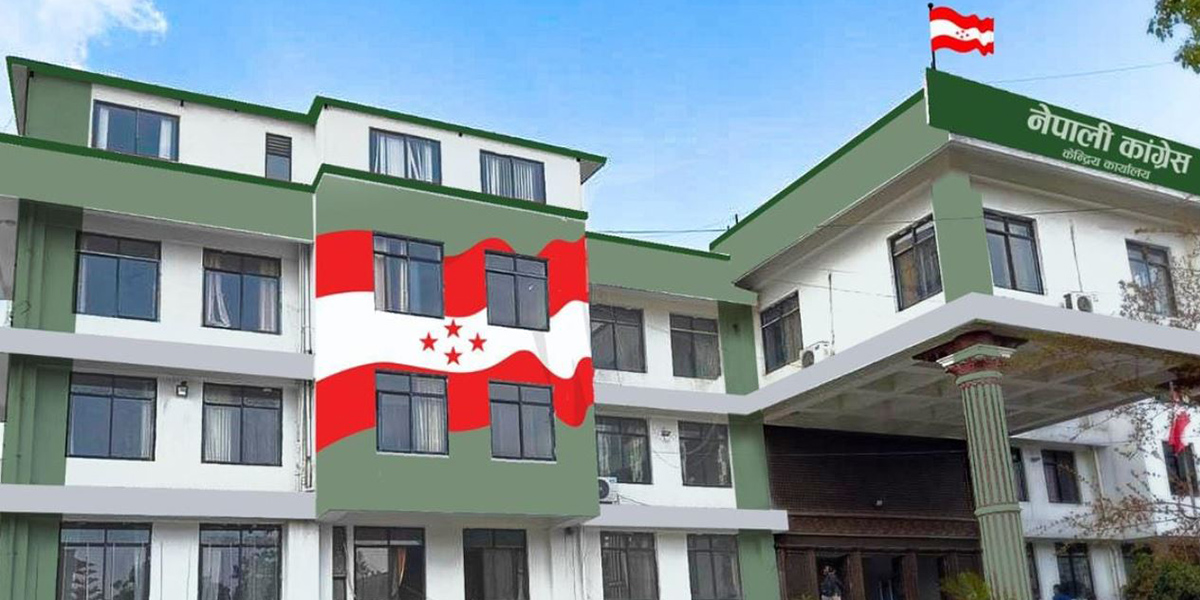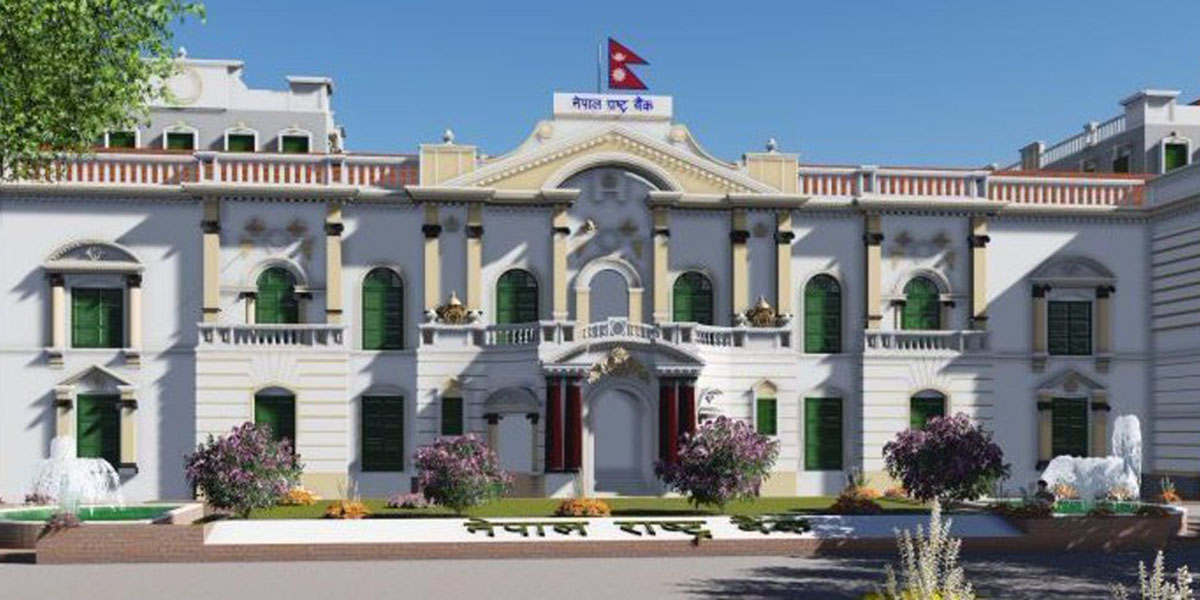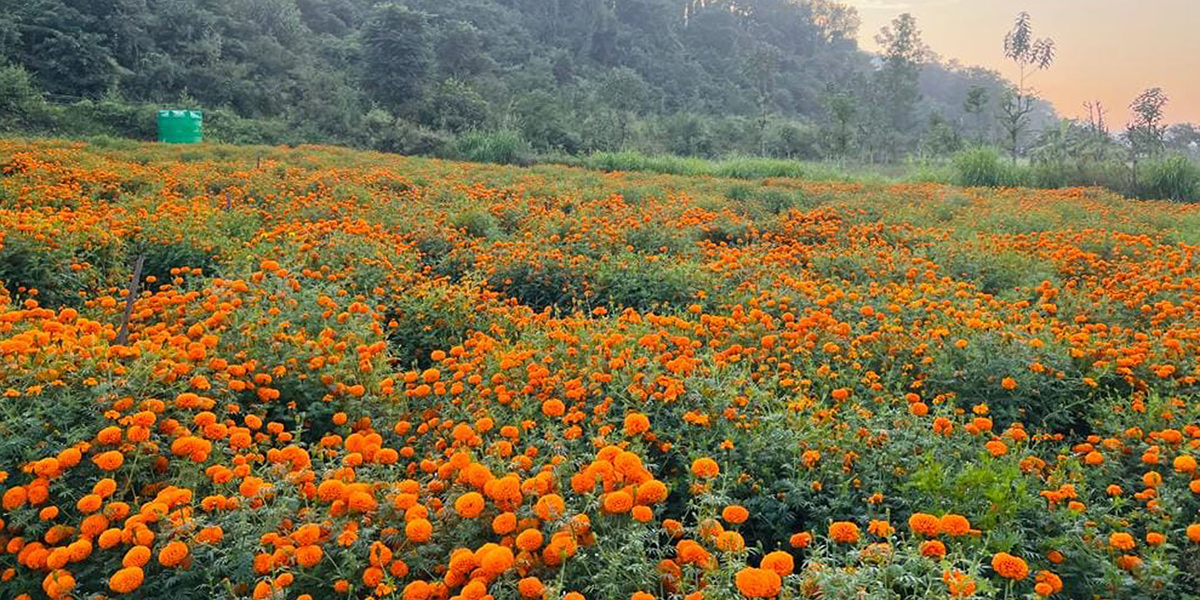 Marigold farm in Abu Khaireni of Tanahung. Photo: RSS
Marigold farm in Abu Khaireni of Tanahung. Photo: RSS
KATHMANDU: Nepal is making significant progress toward self-sufficiency in the production of flowers and floriculture products.
According to the recent data released by the Ministry of Agriculture and Livestock Development (MoALD), about 92% of the demand for flowers is made through domestic production.
Sabnam Siwakot Aryal, the spokesperson for the MoALD, stated that the ministry aims to achieve complete self-sufficiency within the next three years. “We are well on track to attain self-reliance in the flower industry,” she added.
The annual transactions of flowers and associated products are valued at approximately Rs 2 billion, according to the ministry. Aryal also pointed out that the demand for flowers is growing at an annual rate of 12-15%. “The government is diligently working on special plans and objectives to promote self-sufficiency in agriculture, and this effort extends to the flower industry,” Aryal explained. “The government has been providing essential support to flower farmers and entrepreneurs.”
However, florists argue that they have not received sufficient support from the government. Min Bahadur Tamang, president of the Floriculture Association of Nepal (FAN), stated that the government has not invested in infrastructure, facilities, and market expansion for the flower business. He emphasized that the achievements in the flower industry have largely been due to the private sector’s efforts.
Five types of flowers are produced in Nepal including seasonal, multi-year, ornamental, cut flowers, and loose flowers. The country boasts 160 species of flowers, with 42 types produced commercially.
45,000 farmers growing flowers
Commercial flower farming, which commenced in Nepal during the 1950s, is thriving, especially with increasing urbanization. The rising demand for flowers has led to the opening of approximately 755 flower firms and nurseries across 48 districts, including Kathmandu, Lalitpur, Bhaktapur, Kaski, Chitwan, Makwanpur, Kavre, Gulmi, Palpa, Dhading, Chitwan, and Morang.
According to FAN, around 60,000 people are employed directly in the flower business, and flower farming occupies 175 hectares of land in Nepal. However, government data reports slightly different figures, stating that flower farming is conducted on 147 hectares of land and involves 45,000 farmers and entrepreneurs.
Over Rs 7 billion invested
Ramji Prasad Timalisina, the president of the Nursery Entrepreneurs Association of Nepal, said that the floriculture industry in the country has received an investment of approximately Rs 7.5 billion. He added that commercial flower farming is carried out in 43 districts, with an annual turnover of around Rs 3.5 billion. During the three days of the Tihar festival, the market consumes flowers worth Rs 90 million.
For the upcoming Tihar festival, FAN anticipates a demand for 2.1 million garlands. This includes 1.7 million marigold garlands and 400,000 garlands of Ghyrsanthemum and Globe Amaranth, known locally as Makhamali. During the Dashain festival, the market consumed 900,000 garlands, according to the association.
“We estimate that approximately 10% of the demand will be met through imports from India. However, we are currently 92% self-sufficient in flowers,” Tamang said. “With government support and cooperation, we can achieve complete self-reliance and even explore export opportunities.”
Tamang also mentioned that Nepal produces five to six million garlands annually, with about one million garlands from rural areas not entering the market.

Garlands worth Rs 7 million to be imported
He expects that floriculture entrepreneurs will import approximately 300,000 marigold garlands worth around Rs 7 million for the upcoming Tihar festival.
Govt data, however, shows florists are importing around 500,000 marigold garlands.
Nepal primarily imports flowers from India, along with some from China, the US, Brazil, and Australia. Tamang estimated that marigold garlands worth Rs 5 million would be imported from India in the current year.
Imports falling gradually
According to the Department of Customs, Nepal imported flowers and related materials worth around Rs 200 million in 2018/19. The flower imports fell to Rs 80 million in 2021/22 and Rs 90.4 million in 2022/23. In the first three months of the current fiscal year, Nepal has imported flowers worth Rs 50 million.
Nepal has also been exporting flowers to countries with a Nepali diaspora, such as Malaysia and Australia. While Nepal still imports red roses for Valentine’s Day and marigolds for Tihar, it is self-sufficient in chrysanthemums and Makhamali.
Approximately 80% of the marigolds consumed in the Kathmandu Valley come from farms in Nuwakot, Kavre, Sindhupalchowk, Dhading, and Makwanpur.


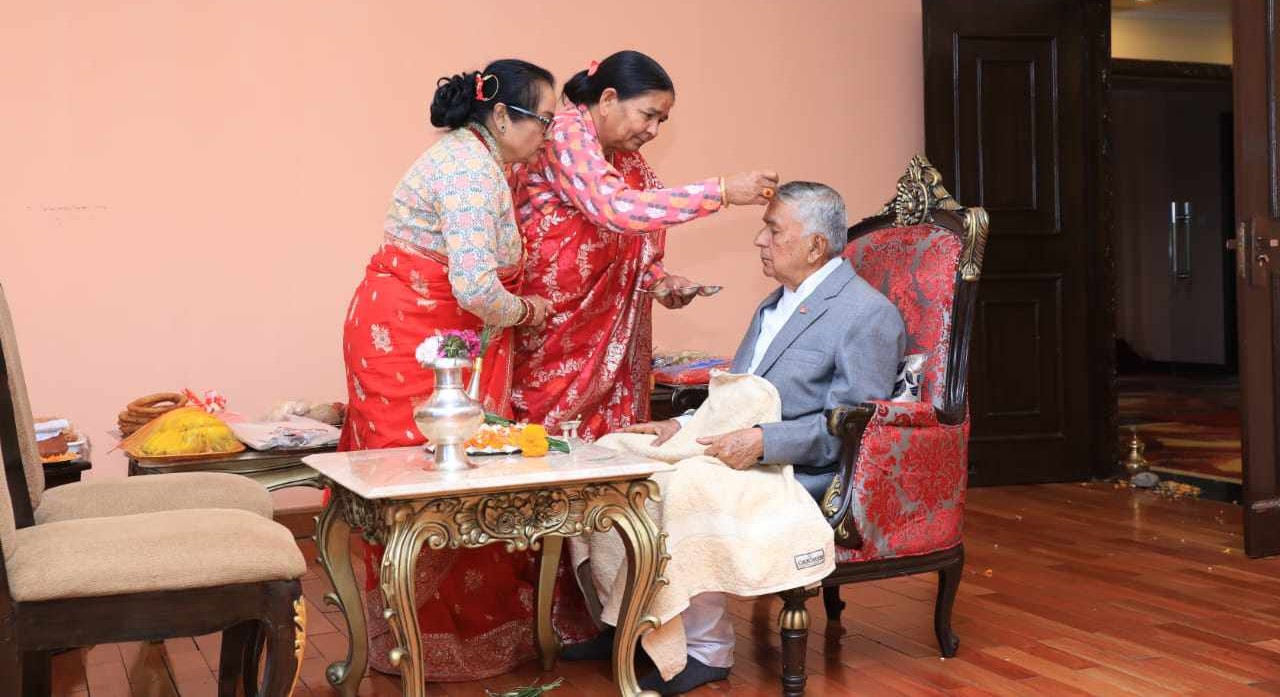
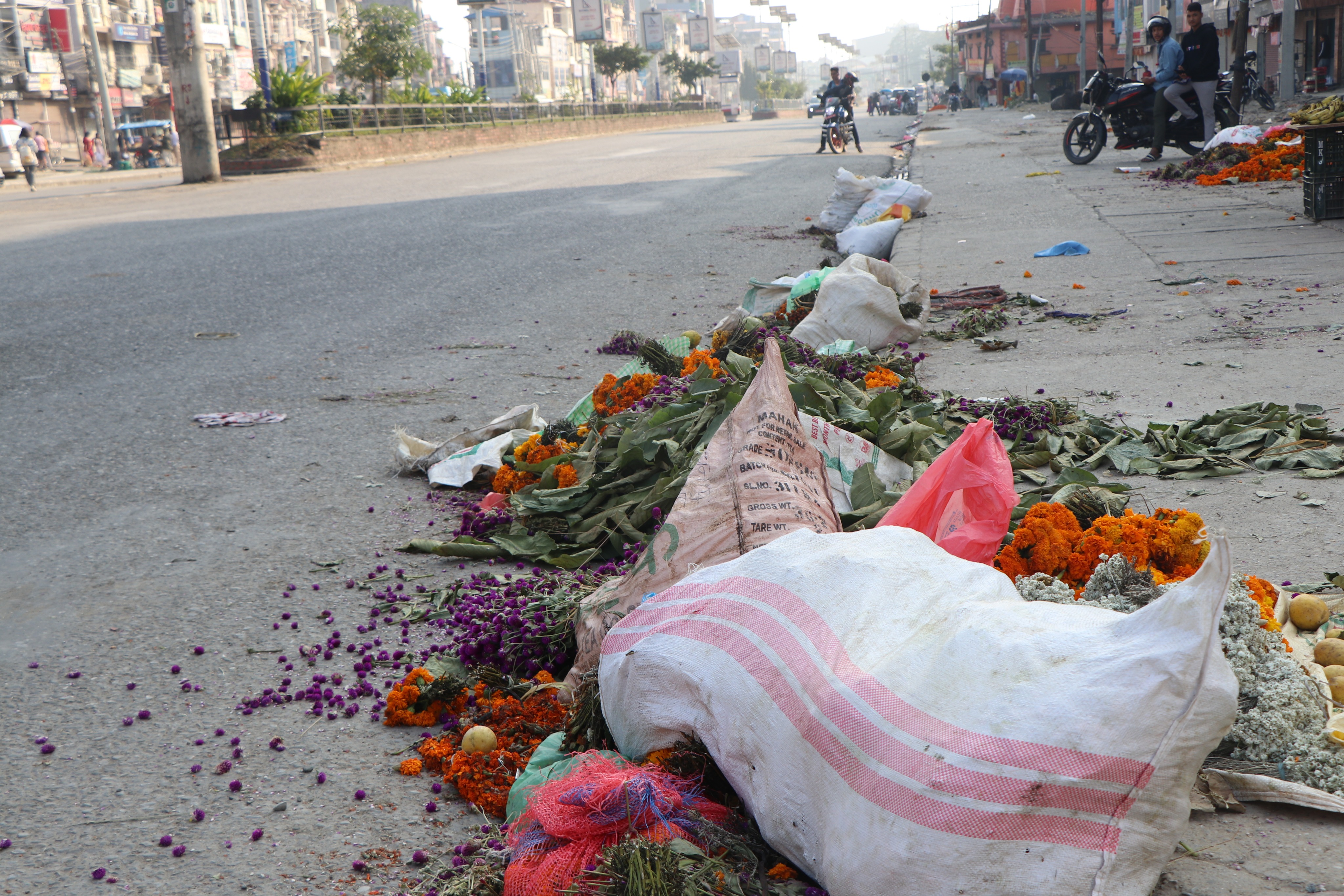
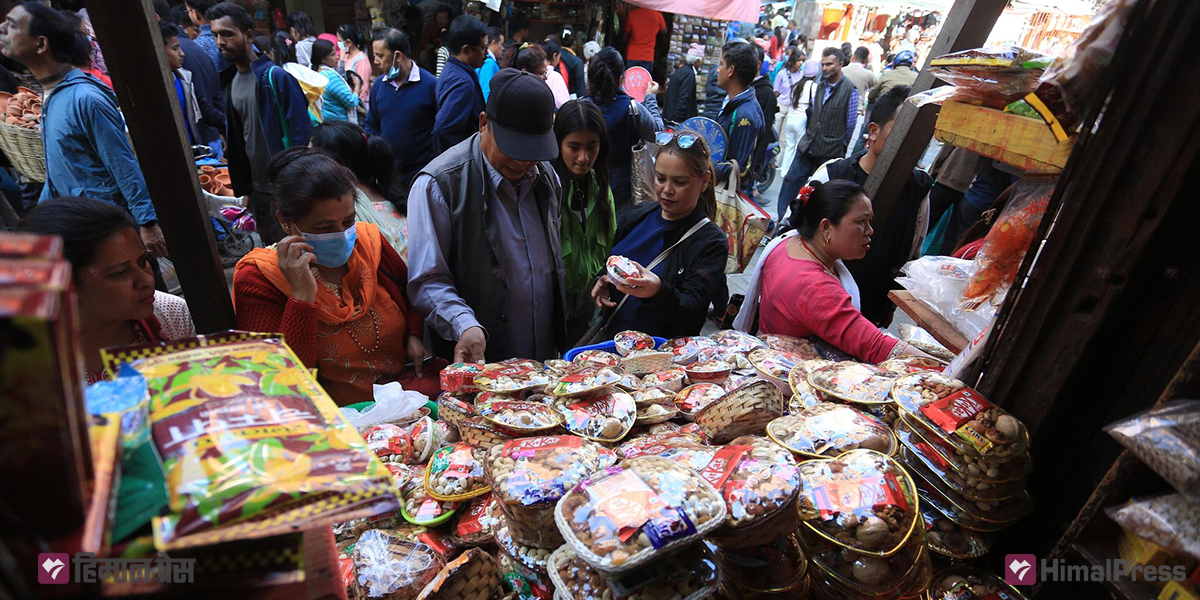
![Tihar shopping in full swing [In Pictures]](https://en.himalpress.com/wp-content/uploads/2023/11/Tihar-shoaping-asan-bhid-15.jpg)
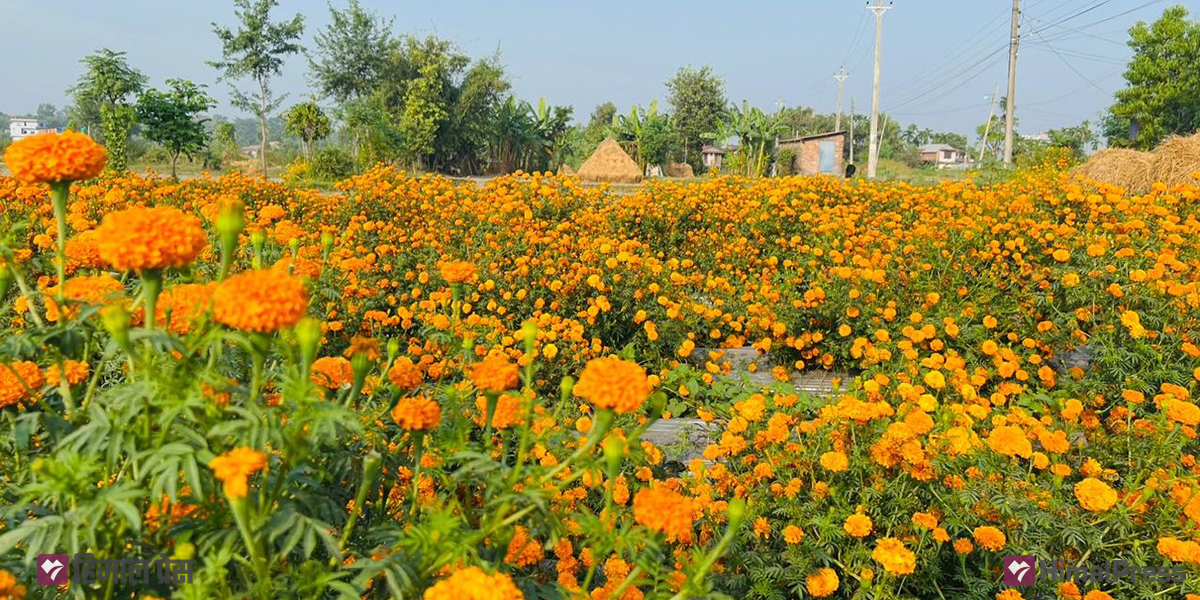
![Potters busy preparing clay lamps for Tihar [In Pictures]](https://en.himalpress.com/wp-content/uploads/2023/10/Potter-9.jpg)
